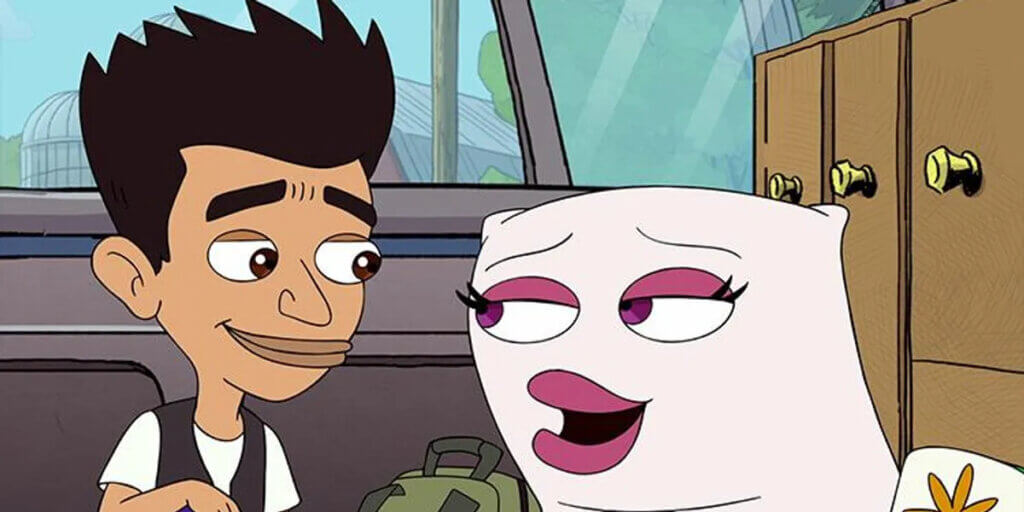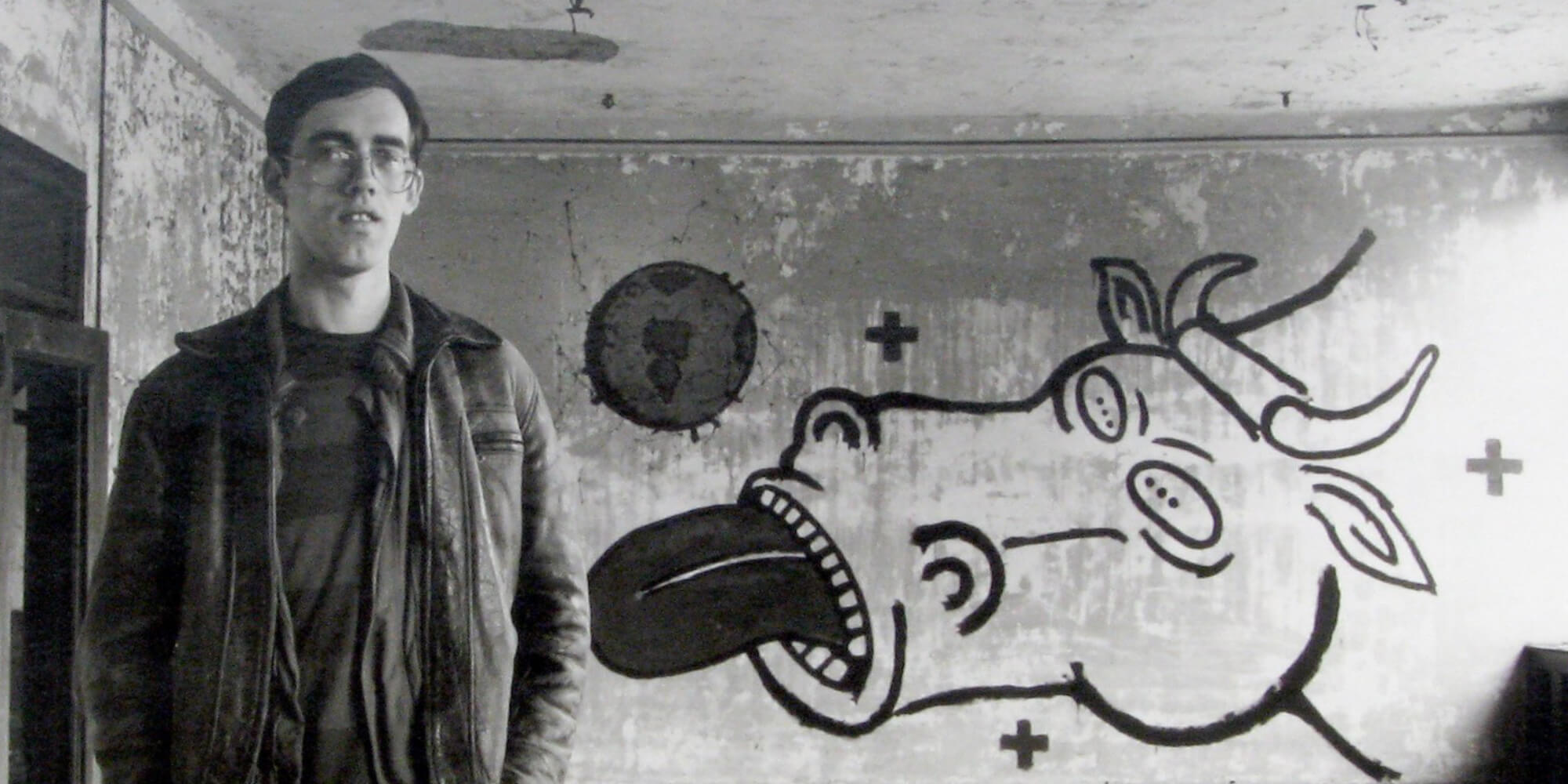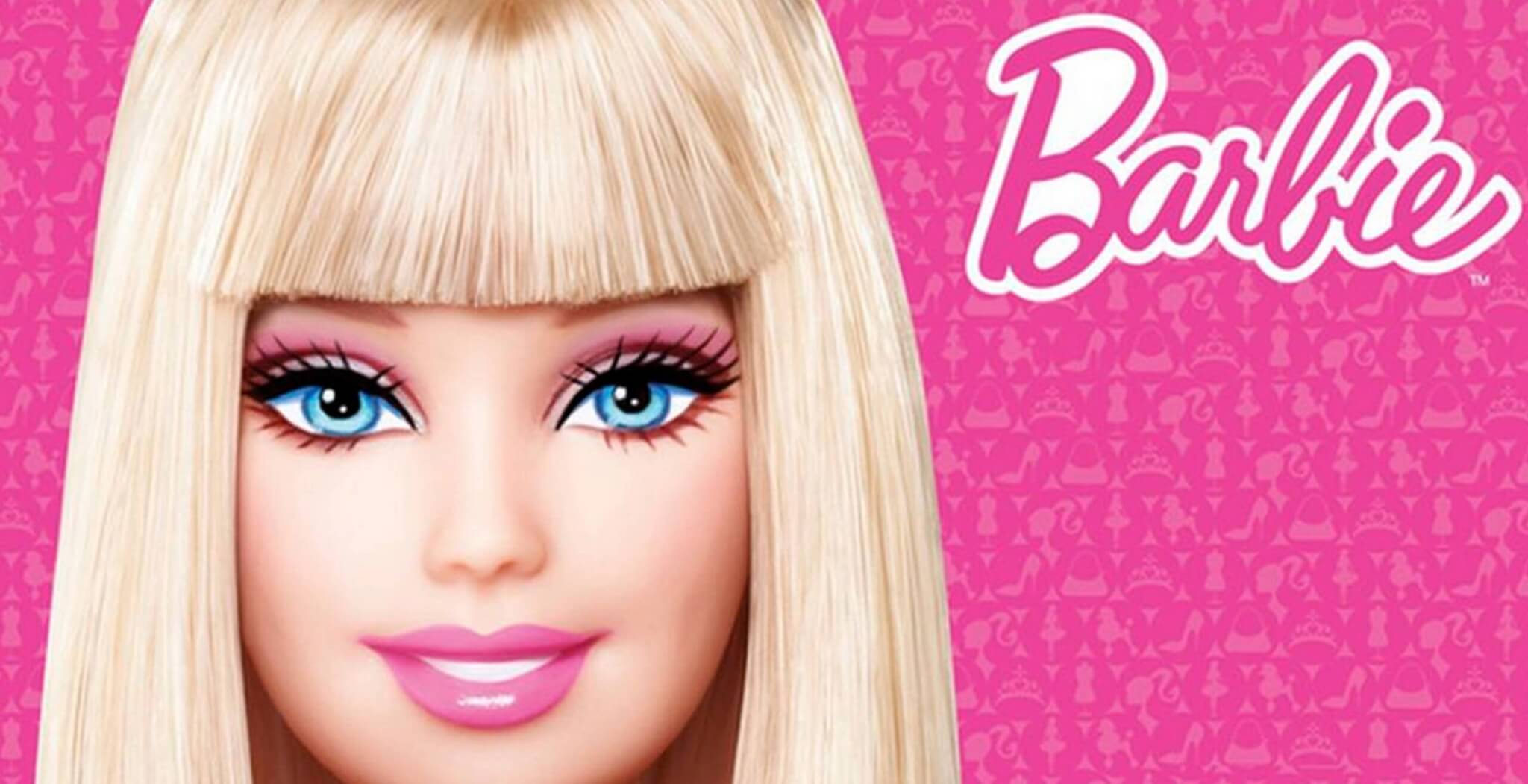More varied on-screen representations of the LGBTQ+ community are becoming more popular and it reflects on the growing support from the public audience, as seen in the most recent achievement in Brazil, where it has just been ruled homophobic acts punishable by prison. And that is not to deny that our social and political configuration is highly torn between growing puritanism and far-right supporters, and civil rights defenders.
Beyond all the above, however, it is clear that pop culture loves gays — it commodifies, fetishises and consumes their intimate relationships. The role of the gay friend, often seen as geeks and outcasts is now taking over the main character with plots revolving around their romantic endeavours and sexual interests. And while this is all happening, many questions regarding who gets to write queer stories, how does it represent the community, what can be sexually explicit — or at least suggestive — and the values they stand for are all debatable.
But what concerns me most, even though I won’t dive into this matter, at least not now, is the way representation onscreen is intrinsically connected to narratives that sell, therefore representing only a fraction of the community and their values. In Sex Education, the best friend of the main character Otis, Eric, explores his sexuality with Adam, his former bully. In Big Mouth, the horny 13-year-old Jay is bisexual and potentially polyamorous as he openly bangs different pillows at the same time.

These two shows, both streaming on Netflix, present gay male characters not only at a disadvantage by not matching dominant values but also by their social class and ethnicity, among other aspects. No matter the representation of LGBTQ+ communities, they’ve been depicted as side characters, grappling with their sexualities and the injustices of belonging in marginalised communities and households as if there was a direct relation between being an outcast and being non-heterosexual. Or is there any? Only think of non-binary Rue and transgender Jules from Euphoria and their platonic-slash-romantic relationship, which is damaged in large part by Rue’s addiction to drugs.
However, LGBTQ+ representation is changing this year, with narratives that attempt to reshape preexisting ones. These are as if Otis from Sex Education — white, sweet and sexually awkward — was gay and relationships were candid and normalised, almost as if they were … heterosexual? For instance, the much acclaimed as well as criticised Heartstoppers — right, also on Netflix — features a coming-of-age queer love story where sex isn’t consumed. And while some wonder why sex is treated with chastity and puritanism, others agree that nobody wants to sexualise teens’ relationships. Or if this is only about queer intimacy?
But to me, personally, what seems to be happening is a more innocent representation of exploring love and sexuality as a white canvas, free from labels and binaries. But also, that the representation of queerness is moving away from the box of unconventionality to the box of normality, picturing “happy endings” the same way they’re pictured in Disney films, when in fact, what is missing is the portrayal of multiple forms of love affairs, many of them far from the ones established by heterosexuality and their corny happy endings.
*Header image: Euphoria ©HBO



























